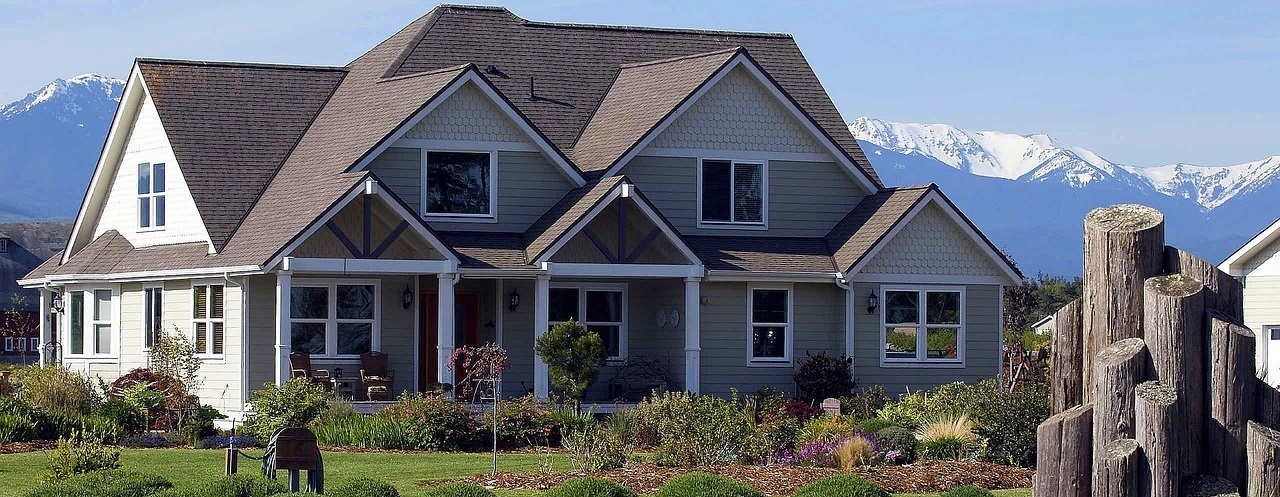Why immigrate to the US
There are a variety of reasons that make the United States the undisputed number 1
country of choice for immigrants, such as economic opportunities, environmental factors,
a high quality of life, a variety of cultures, educational purposes, or to reunite with
your
family.
No other country in the world has been shaped by its incomers as much as the United
States of America.
Economic opportunity

There is a reason why the United States is seen as the place of unlimited opportunities.
Not only is it the largest economy in the world with a GDP of 23 trillion, but the US
has also been home to a vibrant
labor market thanks to its very large number of private businesses (around 6.000.000 as
of 2022).
The U.S. ranks 3rd in the world in terms of investor attractiveness.
It has had unemployment averaging at only 5.76% from 1948 to 2022.
The average monthly salary is $3,612 after taxes.
This allows immigrants and newcomers to pick up work soon after arriving in
the United States and, over time, gradually increase their skills and earnings.
This economic opportunities alone are one of the most compelling reasons why so many
people choose to immigrate to the US.
Quality of life

While living in the U.S. is certainly a different experience for everybody, for the
most part it is associated with a high level of comfort, health, and happiness across
the board.
According to the OECD's Better Life Index, the United States rank first in housing and
among the top nations in terms of average income, health, education, skills, jobs,
safety, and environmental quality.
According to Numbeo's 2022 Quality of Life Index, 40 out the top 100 cities with the
highest quality of life are in the United States. This rankings are determined by
surveying people from across the country on factors as diverse as housing affordability,
cost of living, commute time, pollution,
crime, health, purchasing power, recreation, employment, and more.
This is backed up by the World Happiness Report, where the US ranks among the
happiest countries globally.
Conveniently for many immigrants, the US is also an English-speaking country, making it
accessible to a large number of people who already speak English as a foreign
language.
The U.S. - unlike many other countries - is made up of many different states, each of
which varying in their laws, culture and climate.
Immigrants and newcomers can decide wether they want to move to Oregon and pay no sales
tax, to Hawaii and have the best health care or to New Hampshire to pay no income tax.
In turn, this gives immigrants more options to
choose from when trying to settle somewhere or find work.
Amazing Nature

The United States is a very special place, thanks to its very unique and exceedingly
diverse environment.
Due to the large size of the country, from Alaska to Hawaii the landscape varies from
arctic to troplical. This makes the U.S. home to a wide array of natural scenery.
The U.S. offers some of the richest and most varied natural geographies from the
mountain peaks of Colorado, the dense mangroves of Florida to the wide prairies and
from the deserts of Nevada to the colorful forests of New England.
There's something for everybody who is interested in hiking, climbing, skiing or
mountaineering.
The US is home to many mountains and ranges including the Rocky Mountains in the west
and the Appalachians in the east and many more amazing locations in between.
Those who might be interested in relaxing on the beach, Florida and California offer a
lot
of options, but Hawaii wins hands down for its beautiful beaches.
For those who like camping or walking through the woods, the US is home to
incredible forests such as the famous Sequoia National Forest and Redwood National Park
in California, the Hoosier National Forest in Indiana or the White Mountain National
Forest in New Hampshire and Maine.
And that's not even to mention the world-renown National Parks such as the Grand Canyon,
Bryce Canyon and also the Yosemite and
Yellowstone National Parks.
American culture

Living in the United States is going to be fun and exciting experience, but it’s also
going to be an
adjustment.
Here is a list some of the most common things to keep in mind about Americans and U.S.
culture before you arrive.
Diversity
The U.S. is a melting pot of people from many different
backgrounds and cultures with a wide variety of beliefs, values, and
traditions.
There is no such thing as the typical American which is part of the reason that makes
the U.S. such a special place! Customs will vary from region to region and family to
family.
Openness
A lot of Americans enjoy to participate in small talk, where you make conversation
with strangers or acquaintances about topics, such as the weather,
sports, or a popular television show. While walking down the streets, or waiting at a
bus
stop or in an elevator, don’t be startled if a stranger says something to you like, “Did
you watch the Super Bowl last night? What a game!”
They might also make a funny joke or a comment on the current situation you find
yourself in.
Thinking BIG
Whereas in other countries, something being compact and concise is seen as
efficient and practical, americans often prefer large and luxurious.
Don’t be surprised by the enormous trucks and SUVs sprawling across parking lots.
Americans like their space.
To them, large can be practical.
This of course also applies to American food: most restaurants serve very sizable meals.
Sports
Many Americans are big fans of sports, the most popular being football, baseball
and basketball whereas the following of soccer is much smaller in the U.S. than in other
countries.
Football is fun to watch but it can be pretty hard to follow, but your American
colleagues will be glad to help you out.
Sports can be a huge uniting and dividing factor among Americans which might lead to
spirited
debates about whose team is better during football season.
Competition
Americans thrive from competition which is why many children from a young age are
encouraged to work hard and try their best to succeed in sports or academics.
You will see that many Americans are very ambitious. They are proactive and if they want
to accomplish something, they
go for it.
Independence
Being self-sufficient is valued very highly in the U.S. Many American kids and
teenagers leave home for extended periods of time, often for summer camps or travel.
Upon graduating secondary school, many Americans choose colleges and universities
outside of and often far from their hometowns. College students generally live on their
own or in residence halls with other students while at school for two to four years and
many move away from their childhood homes after graduation. After 17 or 18 years, most
Americans no longer live at home with their families. They also do their own shopping,
laundry, cooking, and pursue careers or studies on their own.
Living in the US
Salary Information
The weekly median earnings for full-time wage or salary workers in the United States in
the second quarter of 2021 amounted to $990.
This translates to a yearly income of approximately $51,480.
The real median household income for the United States in 2019 was $68,703.
This was an increase of 6.8% compared to the data of 2018, when it was $64,324.
The median wage per hour in 2019 was $19.33
The 45-54 years age group was the highest income age group in 2021
In 2019, Maryland had the highest median household income in the US, with $95,572. New
Jersey and Massachusetts had the income of $87,726 and $87,707, respectively.
Cost of living in the USA
The cost of making ends meet in the U.S. can vary a lot between states.
When searching for the ideal place to live in the United States, we recommend to
take a look at the current Cost of Living Index.
Mississippi has the lowest cost of living at 16.1% savings over the national average
while Hawaii has the highest cost of living that is 88.29% above the national
average.
States like California or New York have a much higher cost of living than states like
Utah or Idaho.
However, the cost of living also varies depending on which region within a state you
live in. Rural areas usually
have a lower cost of living than suburban and urban areas.
So, don’t write off an entire state if it has an overall high cost of living. It is
worth
digging deeper into the specific numbers and regions to get a better overview.





